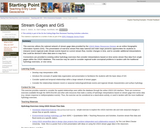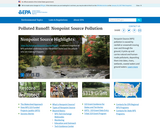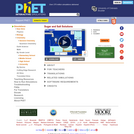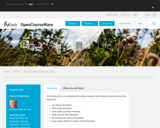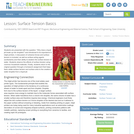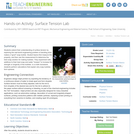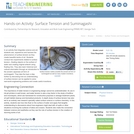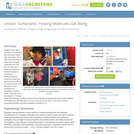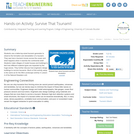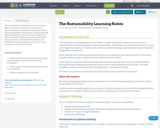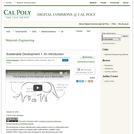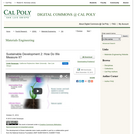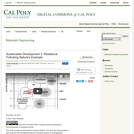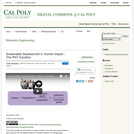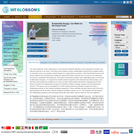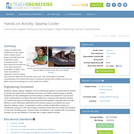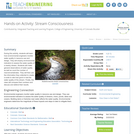
During this activity, students will learn how environmental engineers monitor water quality in resource use and design. They will employ environmental indicators to assess the water quality of a nearby stream. Students will make general observations of water quality as well as count the number of macroinvertabrates. They will then use the information they collected to create a scale to rate how good or bad the water quality of the stream. Finally, the class will compare their numbers and discuss and defend their results.
- Subject:
- Applied Science
- Engineering
- Environmental Science
- Material Type:
- Activity/Lab
- Provider:
- TeachEngineering
- Provider Set:
- TeachEngineering
- Author:
- Janet Yowell
- Malinda Schaefer Zarske
- Melissa Straten
- Date Added:
- 09/18/2014
